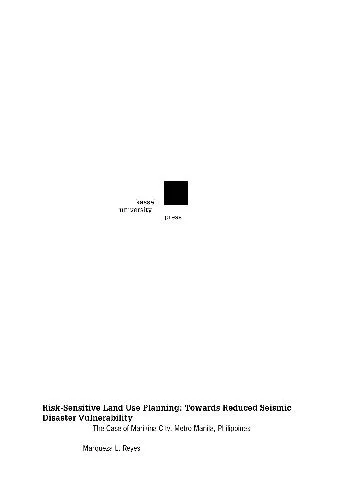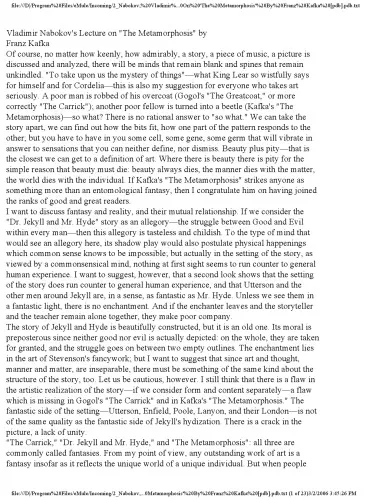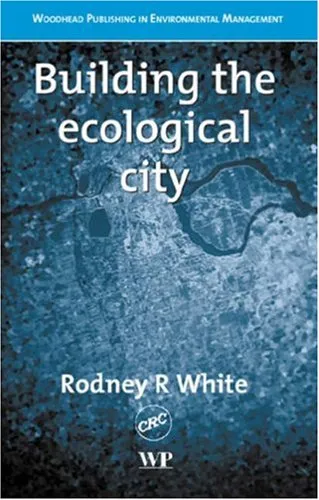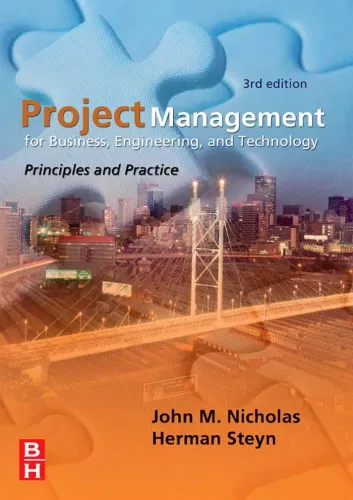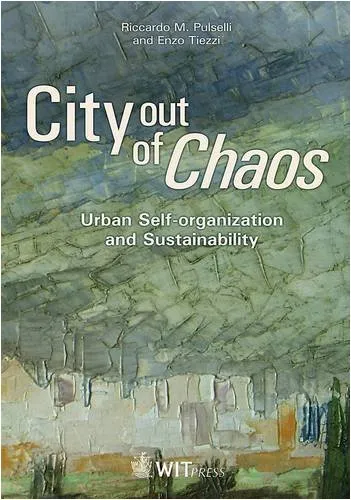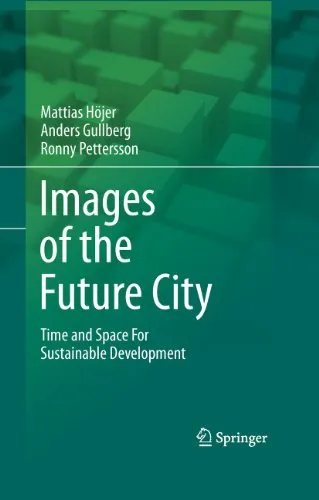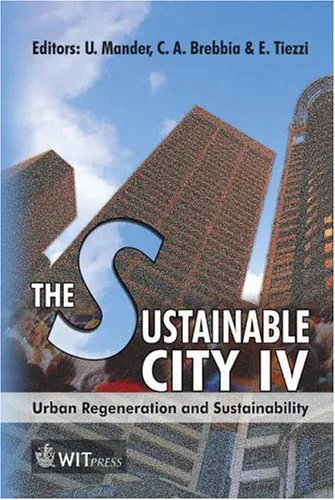Risk-sensitive land use planning towards reduced seismic disaster vulnerability; the case of Marikina City, Metro Manila, Philippines
4.3
Reviews from our users

You Can Ask your questions from this book's AI after Login
Each download or ask from book AI costs 2 points. To earn more free points, please visit the Points Guide Page and complete some valuable actions.Related Refrences:
Welcome to the detailed introduction to "Risk-sensitive Land Use Planning Towards Reduced Seismic Disaster Vulnerability: The Case of Marikina City, Metro Manila, Philippines." This book emerges at the vital intersection of urban planning, risk management, and seismic vulnerability mitigation.
Detailed Summary
In an era where disasters strike increasingly with devastating effects, understanding how urban planning can mitigate these impacts is crucial. This book dives deep into the landscape of Marikina City, a bustling urban area in Metro Manila known for its vibrant community and, unfortunately, its susceptibility to seismic activities. Marikina City provides an ideal case study for exploring disaster risk reduction due to its location along the West Valley Fault.
The book systematically explores how land use planning, integrated with risk assessment tools, can significantly reduce vulnerability. It outlines the use of Geographic Information Systems (GIS) to analyze the geographical layout against seismic hazards, ensuring that planners can make informed decisions. Additionally, the text examines local governance and community involvement as pivotal elements in crafting and executing these risk-sensitive plans.
Key Takeaways
- Understanding seismic hazards requires a multidimensional approach, combining technology, policy, and community engagement.
- Integrated land use planning can serve as a vehicle for disaster risk reduction.
- The collaboration between local governments and communities is essential for effective implementation.
- Technological tools like GIS can aid in mapping and assessing vulnerabilities, informing more strategic urban planning.
- Policy frameworks must be adaptive to incorporate latest findings and technologies in disaster preparedness.
Famous Quotes from the Book
"Land use planning is not just about the placement of buildings; it is about shaping a resilient future."
"Community involvement isn’t a box to be checked—it’s the backbone of sustainable disaster risk management."
"Risk reduction starts with understanding; understanding begins with data."
Why This Book Matters
This book offers crucial insights into the practice of integrating risk considerations into land use planning, making it relevant to urban planners, policymakers, engineers, and academics worldwide. By focusing on Marikina City, it provides a contextual framework applicable to similar urban areas grapple with seismic vulnerabilities.
In a broader sense, the text serves as a guide for cities globally striving to incorporate resilience in their urban fabric amidst growing threats from natural disasters. It promotes a paradigm shift towards proactive risk management, encouraging cities to not only react to disasters but to anticipate and mitigate them effectively through smart planning.
Furthermore, with climate change exacerbating the frequencies and impacts of natural calamities, the insights gathered from Marikina City’s approach can assist in forming robust responses to environmental challenges, ensuring future urban environments are safe and sustainable.
Free Direct Download
You Can Download this book after Login
Accessing books through legal platforms and public libraries not only supports the rights of authors and publishers but also contributes to the sustainability of reading culture. Before downloading, please take a moment to consider these options.
Find this book on other platforms:
WorldCat helps you find books in libraries worldwide.
See ratings, reviews, and discussions on Goodreads.
Find and buy rare or used books on AbeBooks.
1525
بازدید4.3
امتیاز0
نظر98%
رضایتReviews:
4.3
Based on 0 users review
Questions & Answers
Ask questions about this book or help others by answering
No questions yet. Be the first to ask!
